Subscribe for all my updates and don't miss a thing! Sign me up!
The Geology Of Jamaica
Jamaica's Geological History 'Unearthed'!
Sharing Is Caring! Share this awesome content with your friends now.
How was Jamaica formed? And When? Did Jamaica have any volcanoes? Is Jamaica hilly? What are the main physical features of Jamaica?
These questions, and more, are answered here in a special excerpt from Senior's book on the history of Jamaica.
See also: The Geography of Jamaica
New! Take a piece of Jamaica with you💃!
Savour the memories! Now you can get your authentic Jamaican souvenir items, as well as traditional Jamaican herbs, spices and housewares on our popular e-store. Click Here to learn more.
And, if you ever need a trustworthy and knowledgeable local guide, consider booking a private tour with us!
The oldest part of Jamaica is at least 120 million years old, judging from the age of the oldest rocks.
However, the island as we know it now, is no more than ten and fifteen million years old, following its final emergence from the sea, a phenomenon that has led to the development of some unique flora and fauna.
Phases Of Jamaica's Geological History
Geologists tend to divide Jamaica’s geological history into three phases.
The first occurring in early Cretaceous times when the island emerged as one of a chain of active volcanoes thrust up from the sea.
This phase of volcanic activity continued intermittently until about 45 million years ago when volcanism ceased and the landmass became submerged.
During this period of submergence, thick layers of sediment mainly in the form of calcium carbonate accumulated.
When the third phase, final uplift of the island, occurred about 10 million years ago, the land was covered with these deposits of white limestone up to 1,500 meters thick in places.
Since then, some of this limestone at higher elevations has been eroded, exposing the older cretaceous rock.
Jamaica's Landscape
Three distinct types of landscapes have emerged from the geological past.
They include:
- The highest elevations (the Blue Mountains) consisting of the older exposed igneous and metamorphic rock, with high serrated ridges alternating with deeply eroded river valleys
- The limestone plateau of the central areas; and
- The gently sloping alluvial plains, less than 200 meters above sea level, of the south, including the Liguanea plain on which the city of Kingston is located.
The plains have been built up of sediment brought down from the mountains by the rivers, especially the Cabaritta, Black River, Rio Minho, Rio Cobre, Hope, Yallahs, Morant and Plantation Garden.
Though the island is no longer subjected to volcanic activity, it is affected by the activities of earthquakes and hurricanes, which can alter the landscape.
The geological process is continuous, though perhaps not immediately perceptible, with severe erosion in the upland areas and sedimentary deposits below, as well as the slow build up of coral on the coast.
The first geological survey of Jamaica was undertaken in 1823 by Sir Henry de la Beche.
Further Reading
For additional insights and even greater detail, I recommend you consult the following books and publications:
- Horace Scotland's On the Geology of Jamaica,
- Reports on the Geology of Jamaica, by James Gay Sawkins, Lucas Barrett & Georges Parkes Wall, and,
- A Synopsis of the geology of Jamaica : an explanation of the 1958 provisional geological map of Jamaica by V.A. Zans, https://books.google.com.jm/books?id=BfhcAAAAMAAJ
Also, to learn more about the physical structure, unique features, climate and vegetation, read the geography of Jamaica here.
Watch Video!
And for additional insights, here's quite informative and intelligent summary of Jamaica's geological structure by Benniese Facey on YouTube.com (below). Click the play button.

References to Geology Of Jamaica
- Senior, Olive, Encyclopedia of Jamaican Heritage, Twin Guinep, 2003
- Wallace & Robinson, Creating Jamaica, Our Early Years, Carlong Publishers
- Black, Clinton V. History Of Jamaica, 2005
- Clarke, Colin G. JAMAICA, 1975 (Climate etc)
- Allen-Vassel & Brown, Jamaica A Junior Geography
Other Pages Related To Geology Of Jamaica
Return To Facts About Jamaica from Geology Of Jamaica
Return To HomePage from Geology Of Jamaica
New! Get My Latest Book👇🏿
|
You asked, I've answered! You no longer need to save for months or years, to enjoy paradise! I spilled the beans! sharing my top tips on finding cozy accommodations and secret gems, only the way a native could! Click Here to pick it up on my e-store and start saving now! |
See The Best Of Jamaica - In Videos!
|
My channel reaches over 140,000 subscribers worldwide and has leveraged over 11 million views, sharing, what I call 'The Real Jamaica'. Subscribe today and join our family of viewers. |
Read More ...
New! Experience The REAL Jamaica!
Book Your Private Tour here and experience Jamaica the way we (locals) do!
P.S. Didn't find what you were looking for?
Still need help?
Click Here to try our dependable and effective Site Search tool. It works!
Or, simply click here and here, to browse my library of over 500 questions and answers! Chances are someone already asked (and got an answer to) your question.

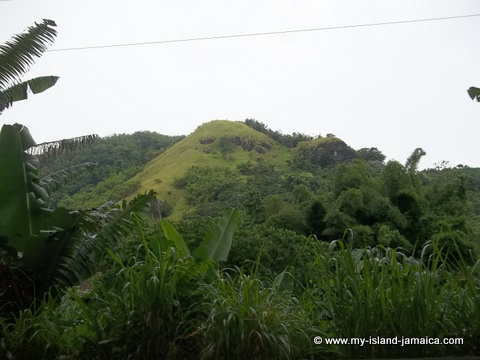
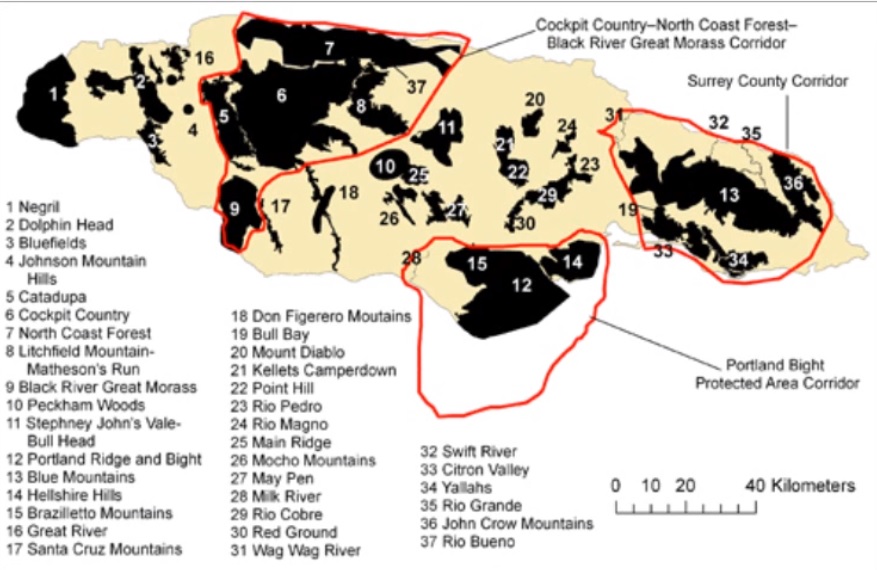
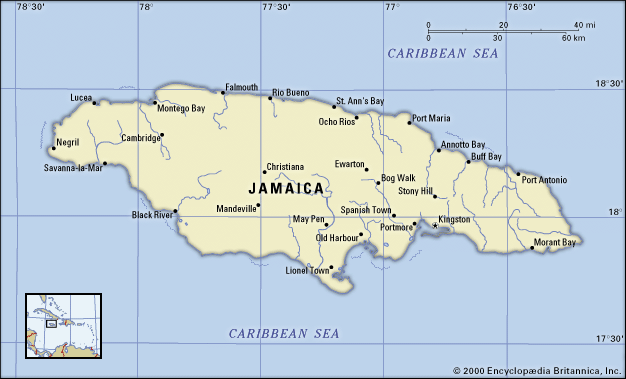
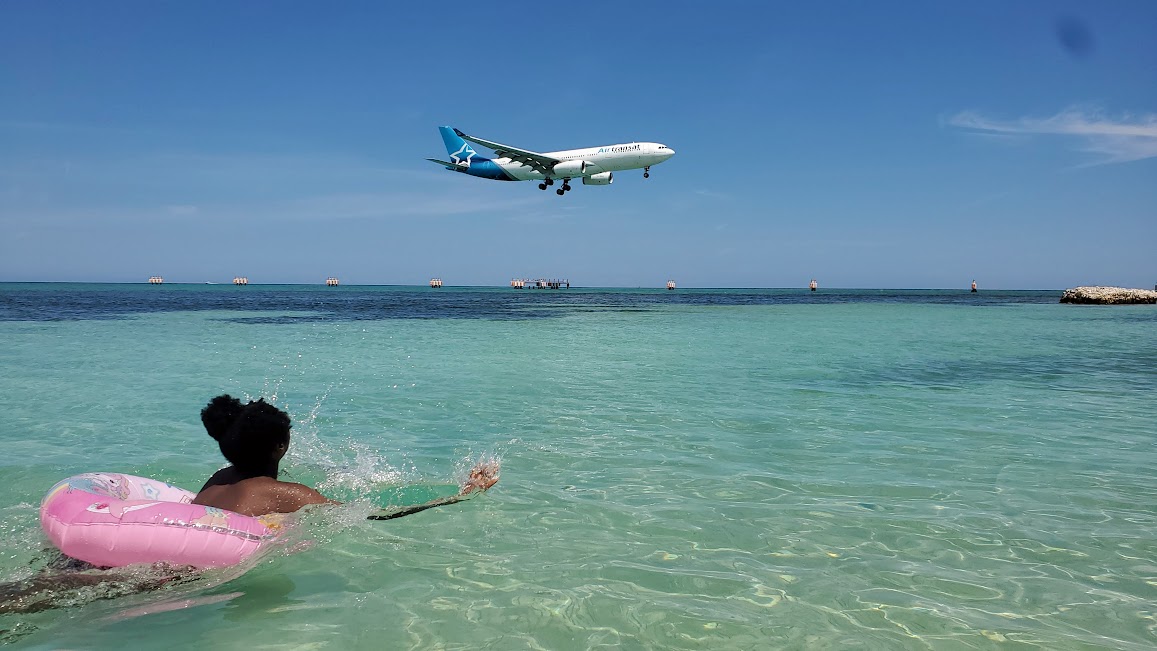
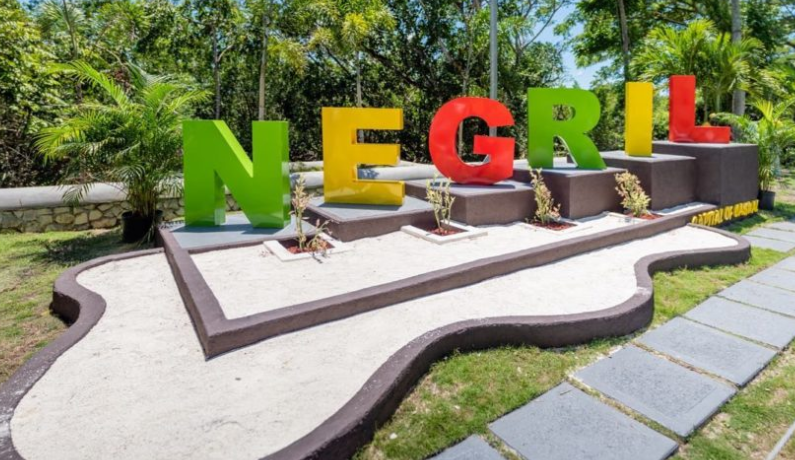
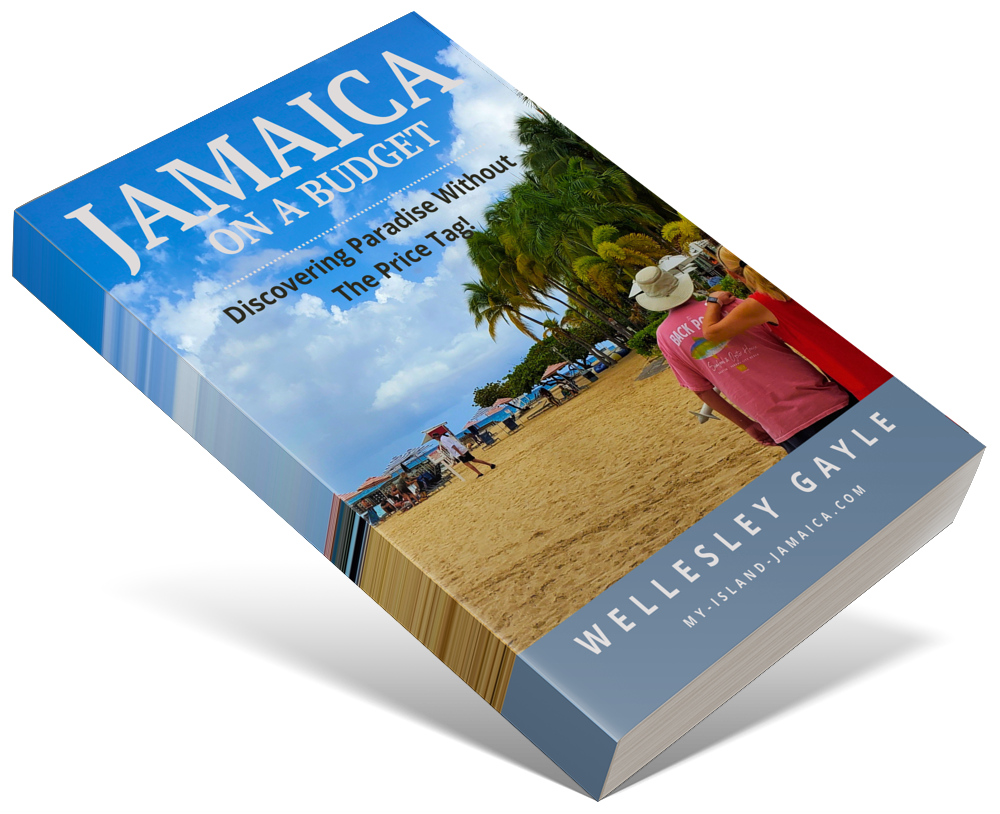





New! Comments
Have your say about what you just read! Leave me a comment in the box below.